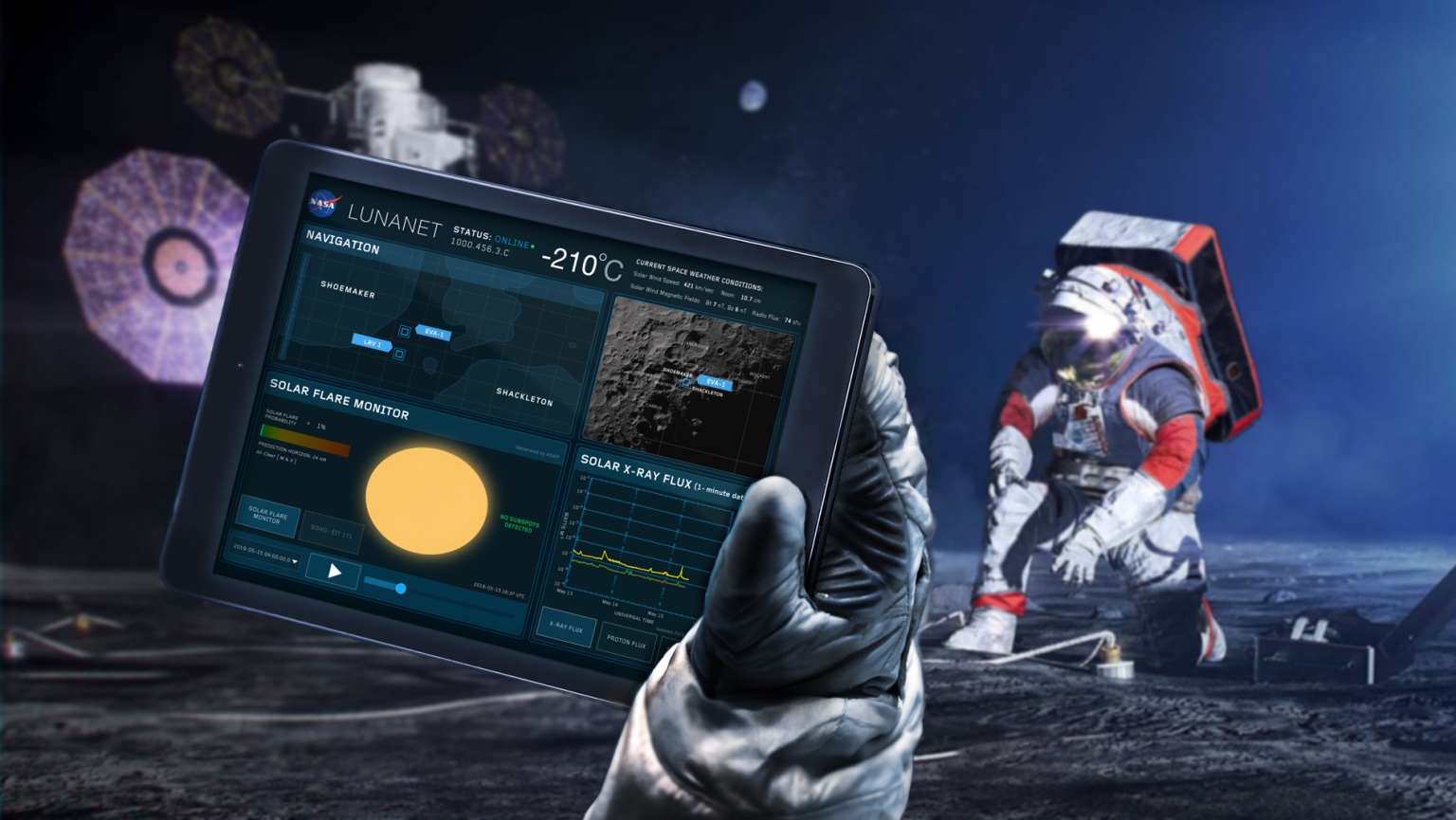Products You May Like
WASHINGTON — A new White House policy instructs NASA to develop a strategy for a new time standard for use on cislunar missions to provide improved navigation and related services on and around the moon.
The Policy on Celestial Time Standardization in Support of the National Cislunar Science and Technology Strategy, released by the White House’s Office of Science and Technology Policy April 2, directs NASA to develop a strategy by the end of 2026 to create Coordinated Lunar Time (LTC), a new time standard based on Coordinated Universal Time (UTC) on Earth but adapted to operations on the moon.
“As NASA, private companies and space agencies around the world launch missions to the Moon, Mars and beyond, it’s important that we establish celestial time standards for safety and accuracy,” Steve Welby, OSTP deputy director for national security, said in a statement.
Simply using UTC in cislunar space in adequate for precision operations, the policy notes. UTC is tied to Earth-based systems, but relativistic effects mean a second on the moon is not the same length as one on Earth. “For example, to an observer on the Moon, an Earth-based clock will appear to lose on average 58.7 microseconds per Earth-day with additional periodic variations,” the policy states.
While that difference is imperceptible for most applications — it would take nearly 50 years to build up a one-second offset — it is a problem for navigation and related applications, like space situational awareness and proximity operations, where higher precision is required.
“A consistent definition of time among operators in space is critical to successful space situational awareness capabilities, navigation and communications, all of which are foundational to enable interoperability across the U.S. government and with international partners,” Welby said.
The policy sets four major features for LTC: traceability to UTC, accuracy sufficient for precision navigation and science, resilience to loss of contact with Earth and scalability to environments beyond cislunar space.
The policy provides little technical guidance for establishing a lunar time standard but suggests it may be done like terrestrial time standards, which use a network of atomic clocks. “Just as Terrestrial Time is set through an ensemble of atomic clocks on Earth, an ensemble of clocks on the Moon might set Lunar Time,” it states.
Besides providing a finalized strategy for a lunar time standard to the White House by the end of 2026, the policy directs NASA to also include the topic in its annual cycle of reviews of its Moon to Mars Architecture, which it unveiled nearly a year ago and updated earlier this year. NASA will work with several other agencies, including the Departments of Commerce, Defense, State and Transportation, on the lunar time strategy.
NASA has been working on a concept called LunaNet to provide communications and navigation services at the moon using an interoperable network that could include commercial and international contributions. NASA and the European Space Agency have produced several versions of a LunaNet Interoperability Specification that mentions the creation of a Lunar Time System Standard, although documentation for that has not been developed.
In May 2023, the National Geospatial-Intelligence Agency (NGA) announced it was working with NASA to develop a positioning and navigation system for the moon. The goal, NGA officials said then, was to create a system for users on the moon that works “as accurately and as safely as GPS does on Earth.” That announcement did not go into details about creating a lunar time standard.
